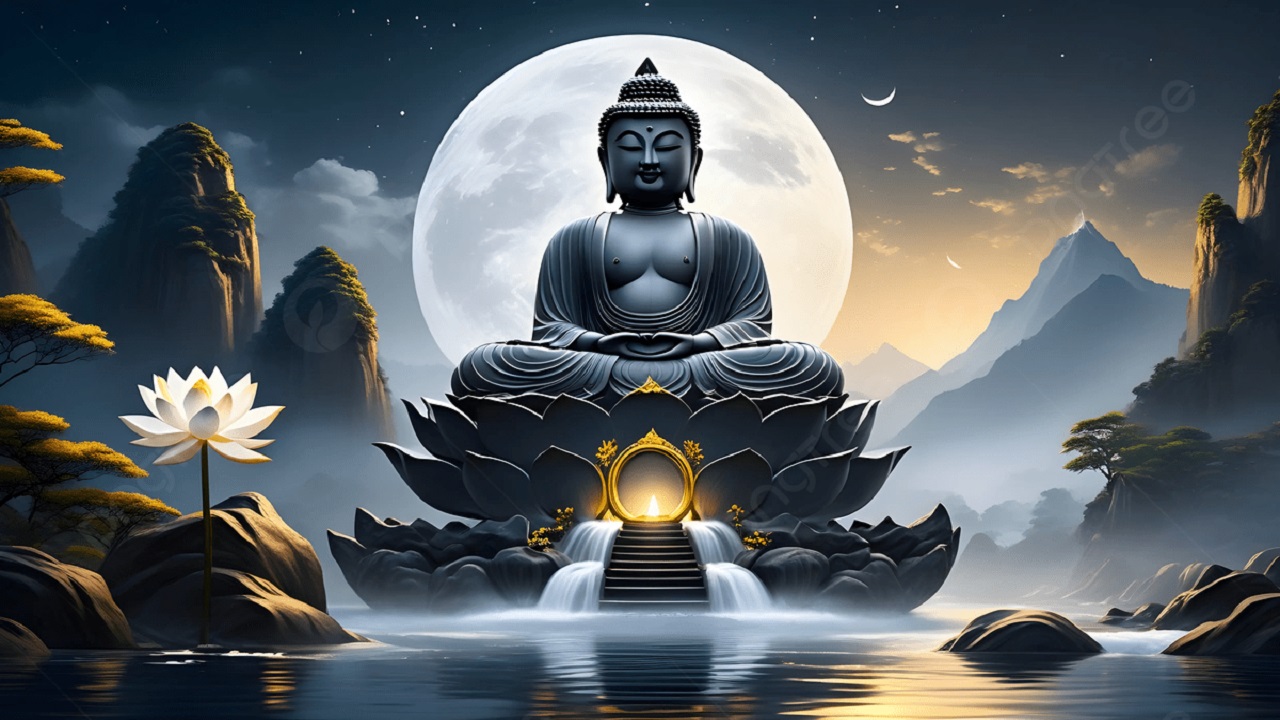Buddhism as a Strategic Tool in India-China Himalayan Diplomacy
Context
The strategic rivalry between India and China extends beyond military standoffs and economic competition. A less visible yet potent frontier of this conflict is Buddhism in the Himalayan region, where cultural influence has become a key tool in shaping identity, loyalty, and regional stability.
Introduction
While oceans dominate traditional geopolitical discussions, the real India-China frontier today lies in the Himalayas—not just for territorial control, but for spiritual and cultural influence. In this high-stakes zone, Buddhism has emerged as a powerful symbol of identity and soft power, with both countries attempting to influence Buddhist institutions and followers.
Why Buddhism in the Himalayas is Strategically Important
-
Buddhism originated in India around the 6th century BCE and gradually spread across Central, East, and Southeast Asia.
-
The Himalayas and Buddhism are historically intertwined, with the Buddha born in the Himalayan foothills.
-
Early Indian Buddhist Sutras reached the Himalayan region by the 2nd century CE as the faith expanded into China and Central Asia.
-
Today, monasteries in the Himalayas are no longer just spiritual centres; they are also symbols of sovereignty and national influence.
-
Ladakh, Tawang, and Bhutan are witnessing how Buddhist culture is increasingly shaped by geopolitical calculations.
The Geopolitical Chessboard of Buddhism
-
In inaccessible Himalayan regions, soft power becomes hard power.
-
The reincarnation of lamas is no longer merely spiritual—it reflects national sovereignty.
-
Controlling Buddhist identity in borderlands is seen as crucial by both India and China, where political maps often blur into cultural realities.
-
Monasteries and religious networks play pivotal roles in defining allegiance and territorial integrity.
China’s Evolving Strategy Over Buddhism
-
Buddhism as Statecraft: China views control over Buddhism as an instrument for governance and regional integration.
-
Since the 1950s, Beijing has sought to dominate Tibetan religious life, exiling independent lamas and co-opting monastic institutions.
-
China now claims exclusive authority to approve the reincarnation of high-ranking lamas.
-
In 2007, it declared that any “Living Buddha” must be sanctioned by the state, placing political authority above spiritual legitimacy.
-
A government-maintained database tracks recognised reincarnated lamas and monitors monasteries across Tibet.
-
China uses Buddhist heritage sites as tools of soft power diplomacy, investing in infrastructure around Lumbini (Nepal) and courting Bhutanese monastic communities.
India’s Buddhist Diplomacy: Evolution and Efforts
-
After independence, India took initiatives to revive and reclaim its Buddhist legacy, which had faded over centuries.
-
Hosting the Dalai Lama and the Tibetan government-in-exile since 1959 gave India moral and cultural stature.
-
India uses Buddhism as a soft power tool to strengthen ties with Asian countries with Buddhist heritage.
-
Projects such as Buddhist circuit tourism, international conferences, and heritage restoration help portray India as the spiritual homeland of Buddhism.
-
Over the last decade, India has actively promoted its Buddhist lineage and funded regional pilgrimage networks.
-
However, these efforts remain fragmented when compared to China’s centralised and coordinated strategy.
Challenges in Buddhist Diplomacy
-
The current 14th Dalai Lama, now in his 90s, has indicated that he may reincarnate outside of Chinese territory, likely in India.
-
China, in response, has declared that it will appoint its own Dalai Lama using the “Golden Urn” method.
Golden Urn Method
-
Introduced by: Qing Dynasty in 1792
-
Purpose: To regulate the reincarnation of important Tibetan lamas and consolidate Chinese control.
-
Method: A lottery-style process where names are placed in a golden urn to select the reincarnated leader.
-
Implication: May lead to dual leadership, with one Dalai Lama recognised by the exile community and another by Beijing.
Divisive Politics and Future Geopolitical Realities
-
A dual Dalai Lama scenario would create religious and political divisions across Ladakh, Sikkim, Arunachal Pradesh, Nepal, and Bhutan.
-
If the legitimate spiritual figure resides in India, allegiance may grow toward New Delhi.
-
If seated in Lhasa under Chinese patronage, the gravitational pull may shift eastward, boosting China’s soft power.
-
In Arunachal Pradesh, China backs its territorial claim to Tawang—birthplace of the 6th Dalai Lama—not just militarily but through cultural narratives.
What Lies Ahead
-
India can utilise internal divisions and debates within Buddhist circles to construct a coherent regional strategy.
-
There is scope to collaborate with Buddhist-majority countries to formulate a collective approach to lama succession, ensuring peace and continuity in the Tibetan region.
-
A long-term strategy should blend spiritual legitimacy, regional cooperation, and cultural influence to counterbalance China's assertive moves.

_(12).jpg)


Comments (0)